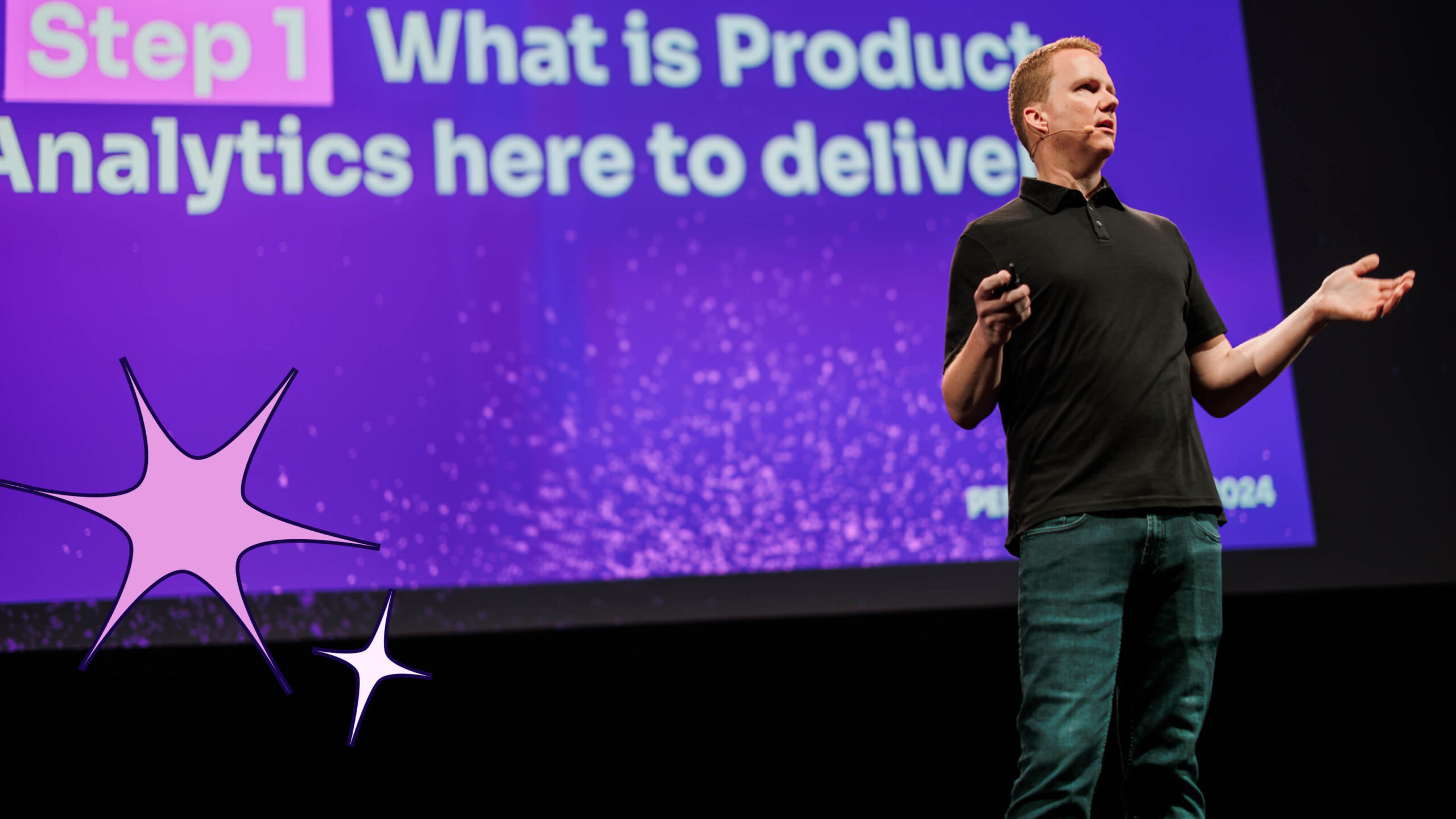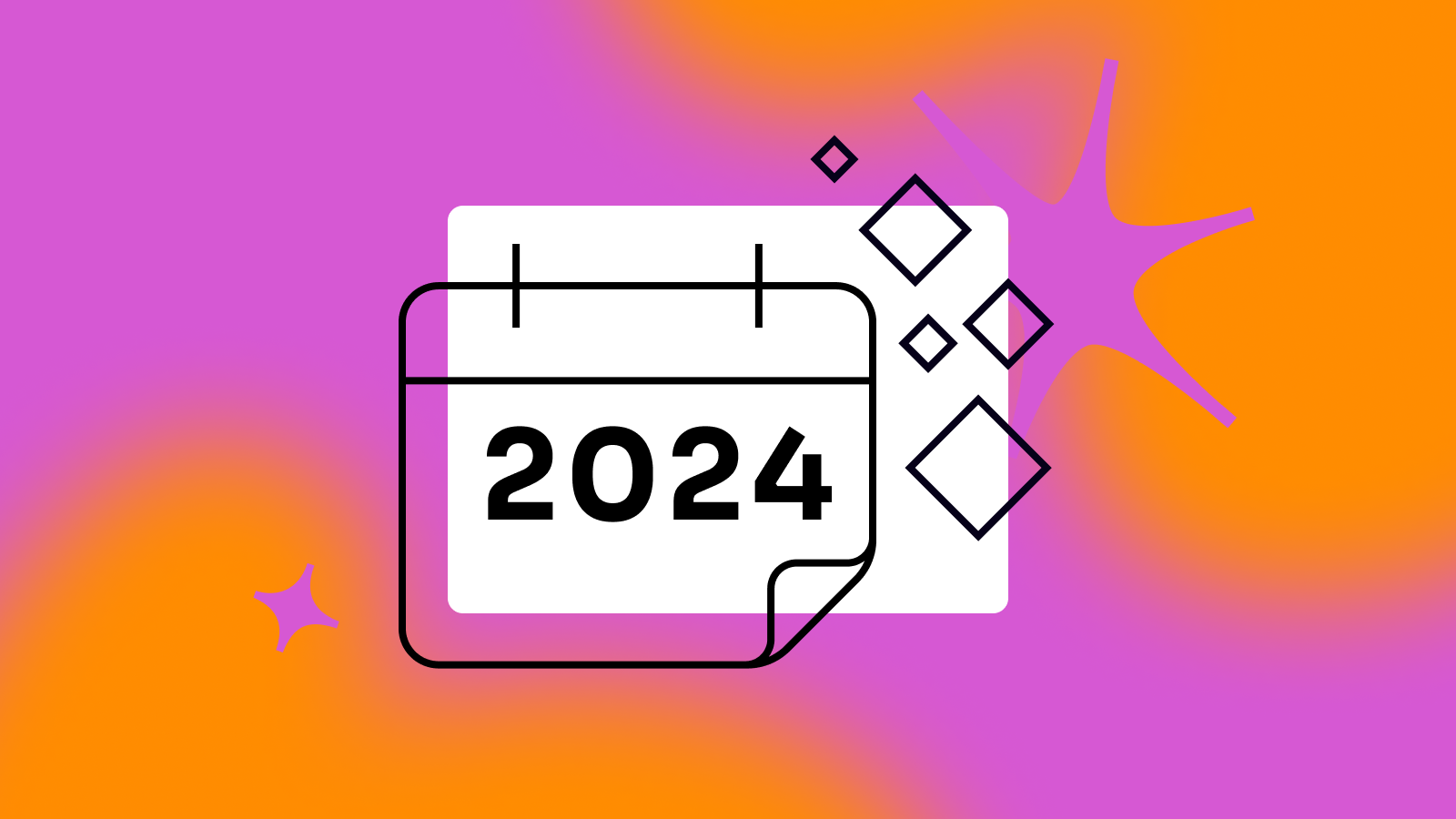How N-able is using Pendo to build a connected ecosystem of business intelligence data
It’s in its ability to inform decisions that ultimately drive business outcomes—like cost savings, customer and revenue retention, and more.
For N-able, product analytics was the first step in understanding points of friction in their product that were impacting business performance and contributing to issues like support tickets and customer churn. “We needed to know more, and we needed good data,” explained Brandon Runkel, senior marketing operations program manager at N-able.
But N-able didn’t just stop at the data. They knew they needed a full suite of app experience tools to keep building the right products and features to meet their partners’ (what they call customers) evolving needs. “We needed product analytics to answer the who, the what, the when, and the why. We needed sentiment and feedback so that we could give our partners a stronger voice. And lastly, we needed guides to be able to personalize our messaging and let our partners know that we were there with them along the way,” Runkel noted.
Strengthening business intelligence with product data
From the start, Runkel and his team saw the power of Pendo to improve the entire partner journey—not just the areas the marketing team touched. In addition to using Pendo to contextualize messaging for new products and services, Runkel wanted to leverage product data to inform sales-led behaviors, too—like when reps should have conversations or push additional value.
“We needed to use Pendo as a vehicle to contextualize messaging for new products and services. We wanted to be able to grow our customer base and keep pace with this market that’s growing at a phenomenal rate.”
In order to reach the right people at the right time with the right message, Runkel and his team needed to spend time getting to know who N-able’s partners really were. So they used a simple in-app guide created in Pendo to ask their partners about their roles and responsibilities—ultimately improving their campaign segmentation and targeting. They also partnered with N-able’s business applications team—who is responsible for tools like Salesforce and Snowflake—to pull all the rich data they were capturing in Pendo into Salesforce, creating a single source of truth for partner profiles across the business.*
*With Data Sync, you can now easily combine this data with your Pendo product data for a single source of truth across all business analyses. Keep reading to learn more about how the N-able team uses Pendo Data Sync, or check out this page for more details.
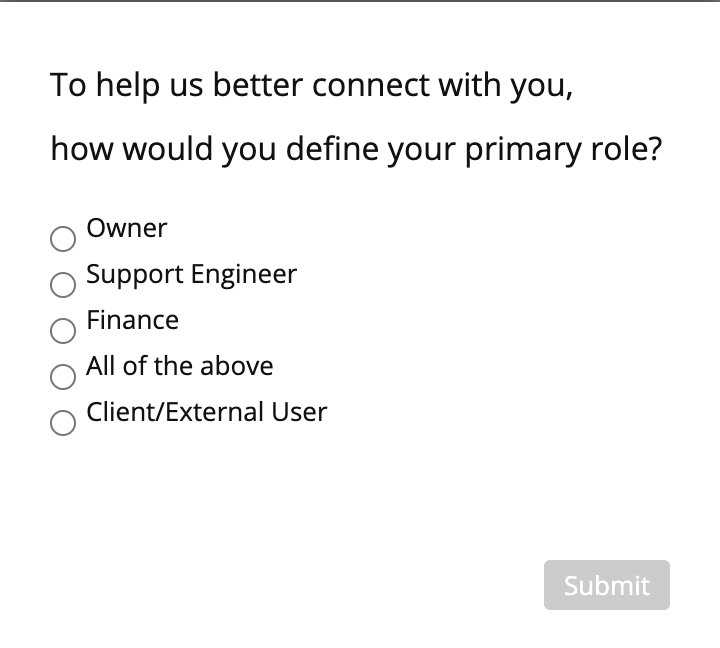
Connecting product analytics and business intelligence data in this way allowed N-able to build out even more robust segmentation, thanks to all the new metadata fields at their disposal. And from a marketing perspective, bringing Pendo data into Salesforce also allowed the team to avoid redundancy across all the channels they use to communicate with partners. Runkel explained, “If somebody opens an email, we get an event sent into Pendo that tells us that the email was opened . . . If we had a corresponding campaign running, we could [then] exclude them from [it] . . . so that they aren’t inundated with that messaging.”
These efforts ultimately helped form the foundation of N-able’s Pendo Center of Excellence (CoE). “Different teams could really play an important role as we started to add new applications, learn new things, scale our user base, [and] add new products,” said Runkel. “We talk to [many teams] on a frequent basis—and they’re constantly collaborating and adding to our Center of Excellence to keep it adaptive to growing trends.”
Using Pendo cross-functionally, throughout the partner lifecycle
Today, Pendo is a critical element of N-able’s product-led motion. “[From where] we originally started [with Pendo]—just simply asking users to define their roles—it’s really evolved into being an engine for fueling [many] different use cases across the organization,” he said. Notably, Rukel highlighted four key areas where N-able has seen recent successes with Pendo.
1. Trial conversion
N-able created segments in Pendo based on marketing engagement data using track events sent from Marketo. For example, a user who opens a trial email and clicks on a CTA can be segmented in Pendo because those events—originally only available in Marketo—are also available in Pendo as track events. Thanks to this level of segmentation in Pendo, N-able is now providing in-app onboarding to trial users—with a strong focus on getting them to use the features that deliver the most value, fast. Runkel worked with N-able’s partner success engineers to understand what users need to do in the early moments of their trial to realize the full value of the product. He and his team then used in-app guides to encourage these behaviors. They also used in-app guides to notify users when their 30-day trial was up, and to drive them to connect with sales to become fully provisioned.
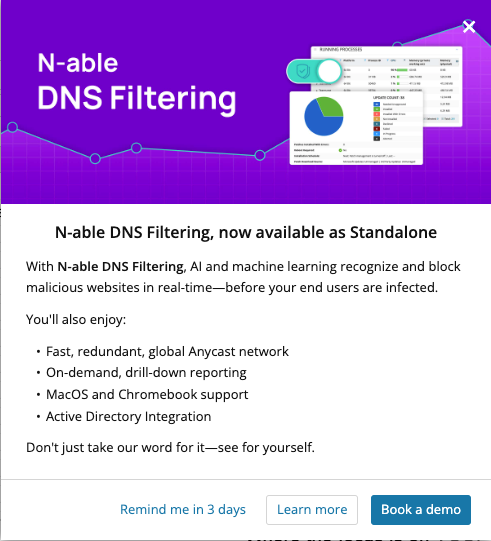
2. Feature adoption
Runkel and his team are also using Pendo to deliver long- and short-term enablement to their partners. They use strategically timed and targeted in-app guides to meet users where they are, with the support they need. “In the short term—we remind users of the what, the why, and the how. In the long term—we’re looking at meshing these core actions into processes, and scaling them and pairing usage with other features. [It’s] kind of a nurture strategy around feature focus,” said Runkel.
He also noted that N-able now uses the Resource Center to allow partners to self-serve any documentation they need, whenever they need it. These resources are dynamic, and change based on each user’s metadata in Pendo and Salesforce.
3. Partner engagement and success
N-able’s partner success org recently ran an analysis of partner retention rates, and found that those who attended events led by N-able’s product team or technical experts were far less likely to churn than those who didn’t. With this knowledge, Runkel and his team are now partnering with go-to-market managers and event teams to segment and target partners with in-app guides promoting relevant events, based on each individual’s feature usage and persona type.
“Across the board, we’ve seen that when we’ve targeted the right audiences, driven them to these [events], and shown them the right message, we see hundreds of registrations as a result,” said Runkel. Additionally, the partners that saw the Pendo guides and ultimately attended these events had higher levels of engagement, and shared more positive sentiment with their success teams.
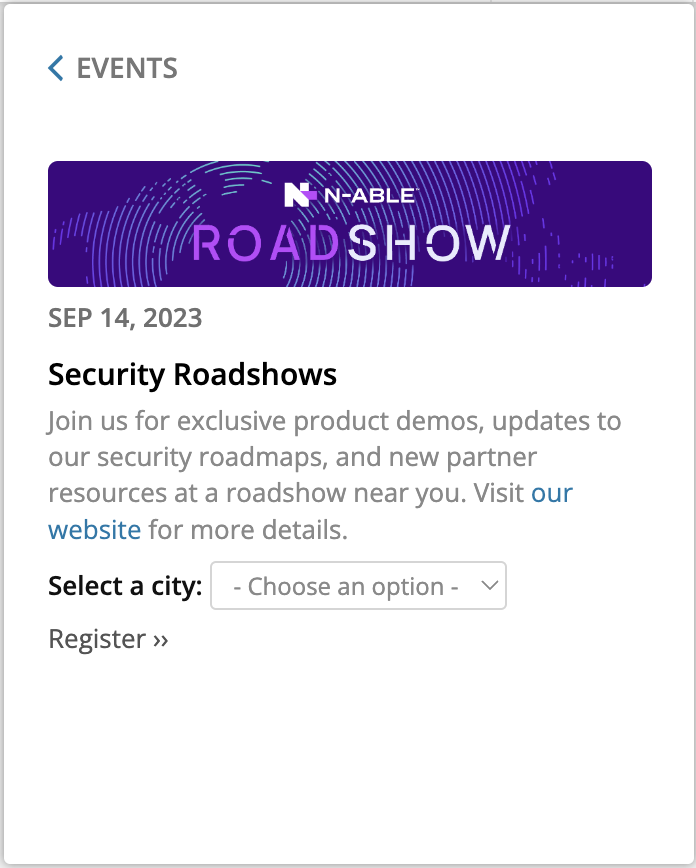
“After the event had concluded . . . [our technical experts] reached out and said, ‘we’ve never seen this level of attendance before, especially driven through in product.’”
Runkel and his team are now taking this effort a step further with structured reporting in Pendo, designed specifically for N-able’s partner success managers (what they call customer success managers). “The goal is to meet our partners where they are in their journey in the product, with the right level of support and enablement that they need,” Runkel explained. “We’re showing [partner success managers] at-risk and power users, so that they can target the right people . . . and take action.”
N-able also uses Pendo to collect Net Promoter Scores (NPS)—which they ultimately incorporate into N-able’s broader voice of the customer program. And they link this data to other enterprise systems like Zapier, Microsoft Teams, Marketo, and Salesforce so that teams across the business can understand partner health and execute the right workflows to get any detractors back on track. Since rolling out this program in Pendo, N-able has seen an 8.5% lift in partner engagement, thanks to the increased visibility into partner health and the in-app guides they’ve rolled out to reconnect at-risk partners with their success managers.
4. Account growth
N-able is also using Pendo data to qualify opportunities and grow partner accounts. “We’ve taken the mindset of ‘what better way to qualify opportunities than looking at what’s happening directly in the application?’,” Runkel said. By combining Pendo data and segments with Salesforce data—and incorporating it into Marketo—Runkel and his team are now able to deliver highly targeted cross-sell and upsell messaging. To date, N-able has seen a 5x ROI in pipeline conversions, compared to their current spend on Pendo.
Looking ahead: Using Data Sync to understand—and improve—partner health
Going forward, Runkel and his team are excited to leverage Data Sync to further strengthen their partner health monitoring efforts.
They are currently working with members of N-able’s data engineering and architecture teams to move data that Pendo sends to their S3 bucket into Snowflake, and eventually into Tableau dashboards. “[This will] give us usage data, as well as partner outcome data, from multiple different sources—so that we can be a little more agile and predictive of what [behaviors] will ultimately lead to what outcomes,” Runkel explained.
If you’d like to watch Runkel’s full presentation from Pendomonium 2023, be sure to check out our Pendomonium Encore site.
And if you’re curious to learn more about how Pendo Data Sync can help you connect your product analytics data to your business intelligence tools, request a custom demo here.

